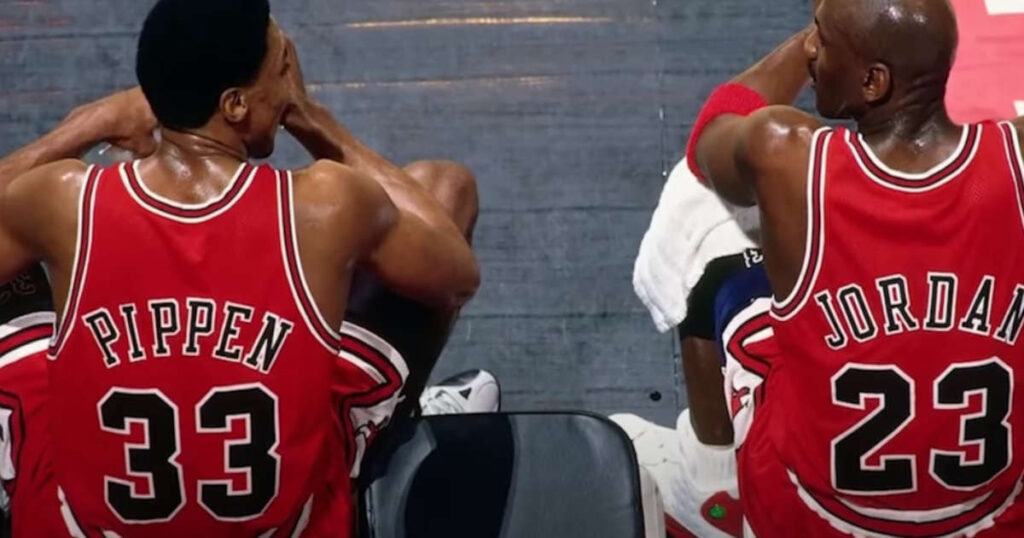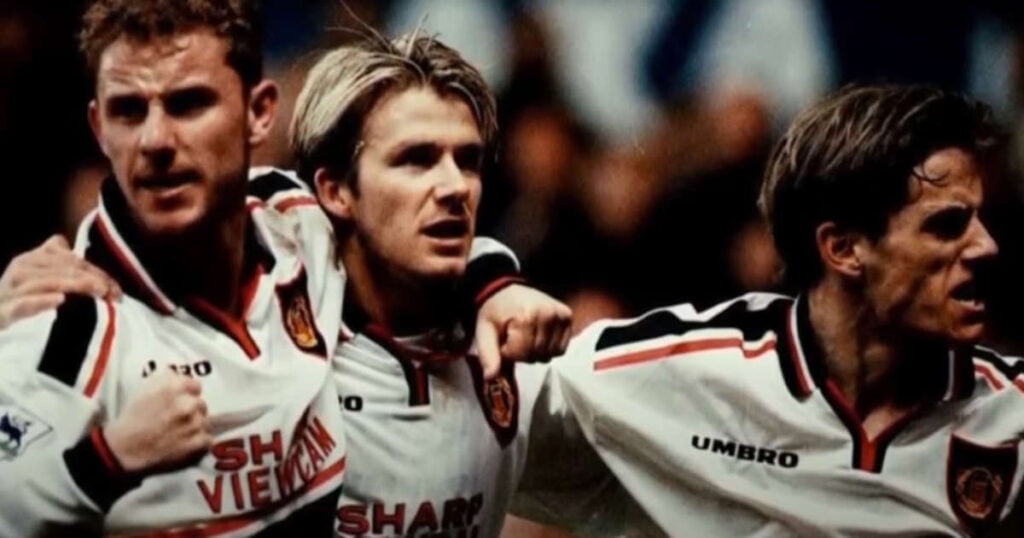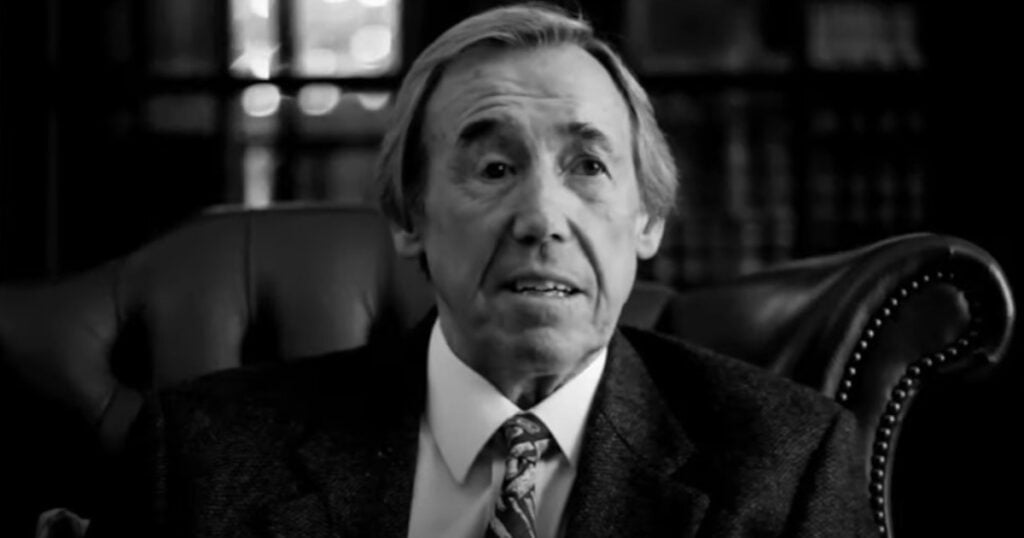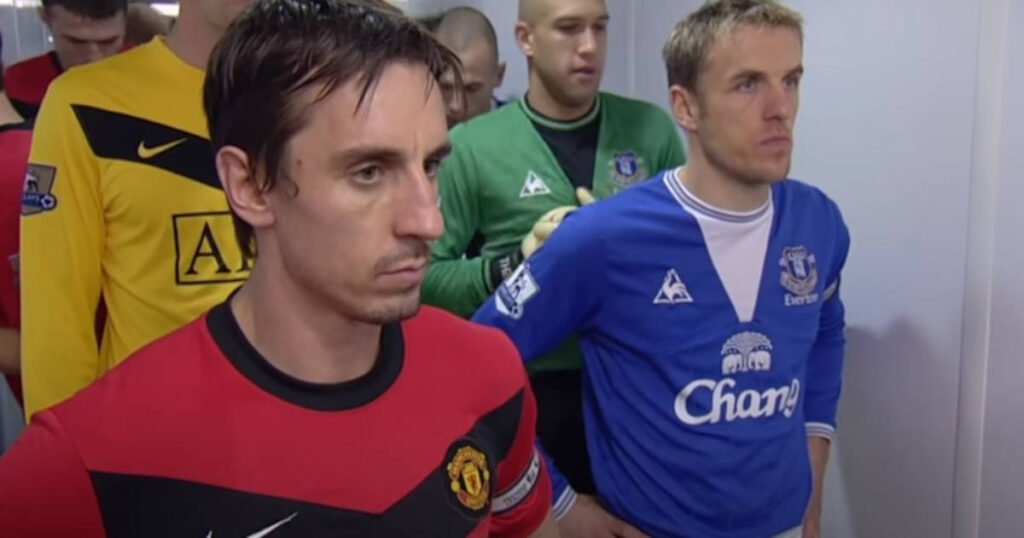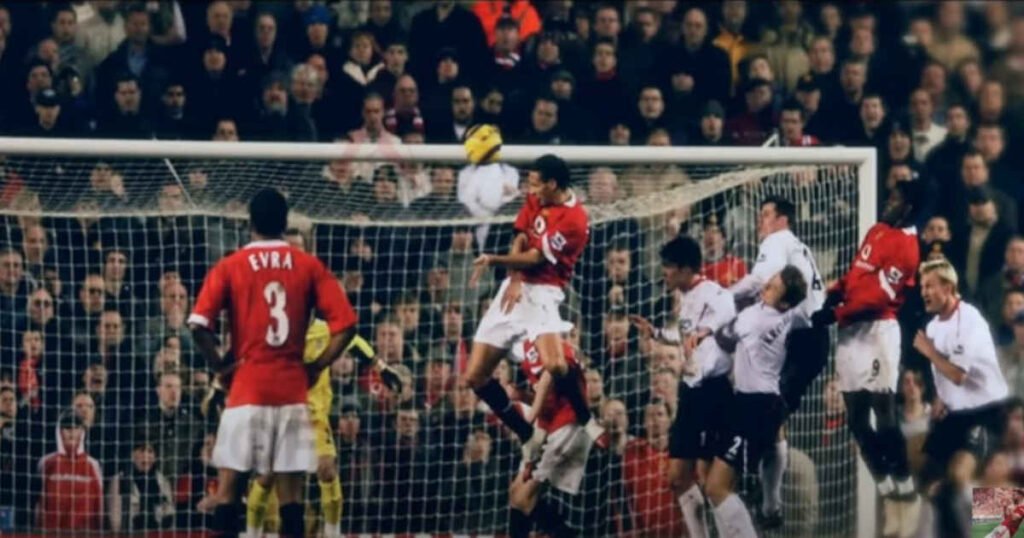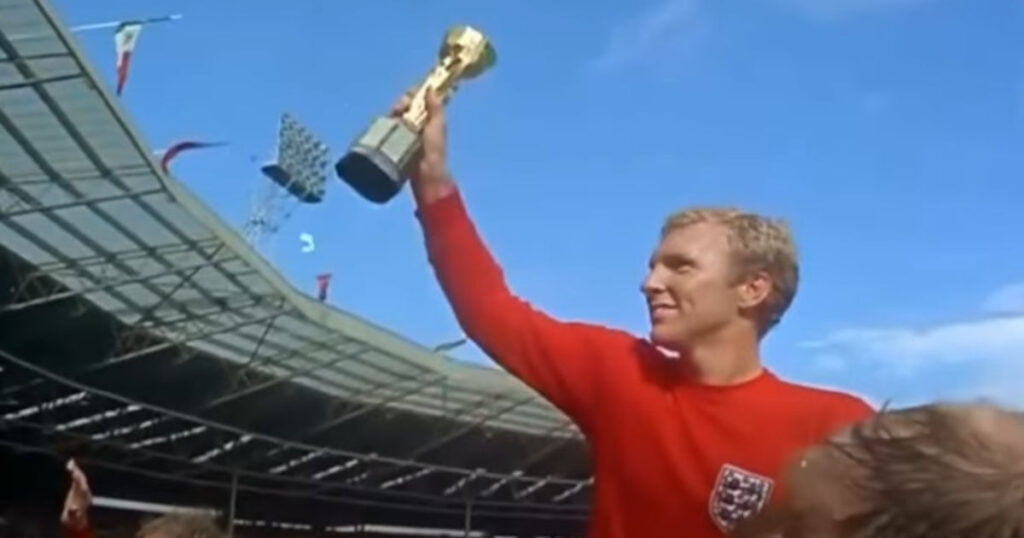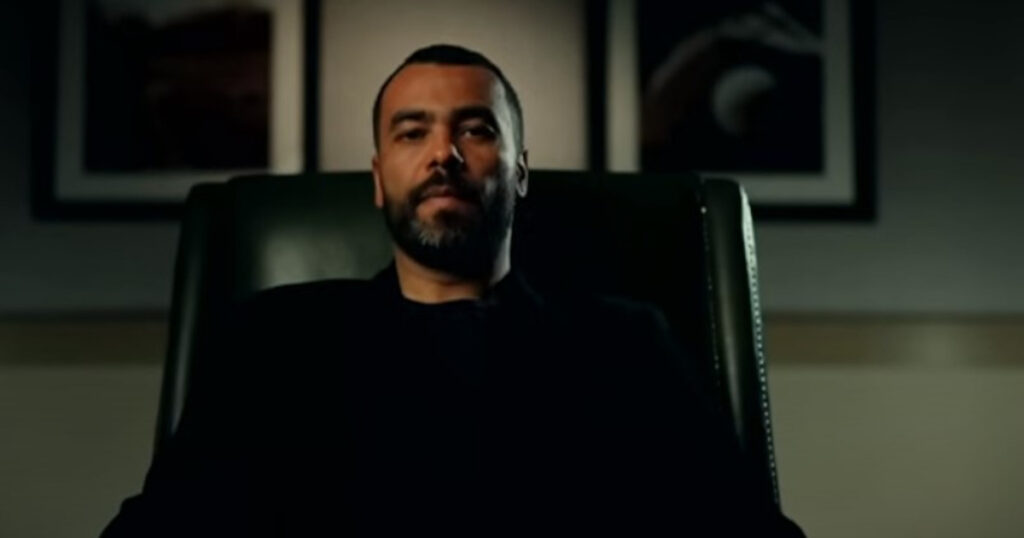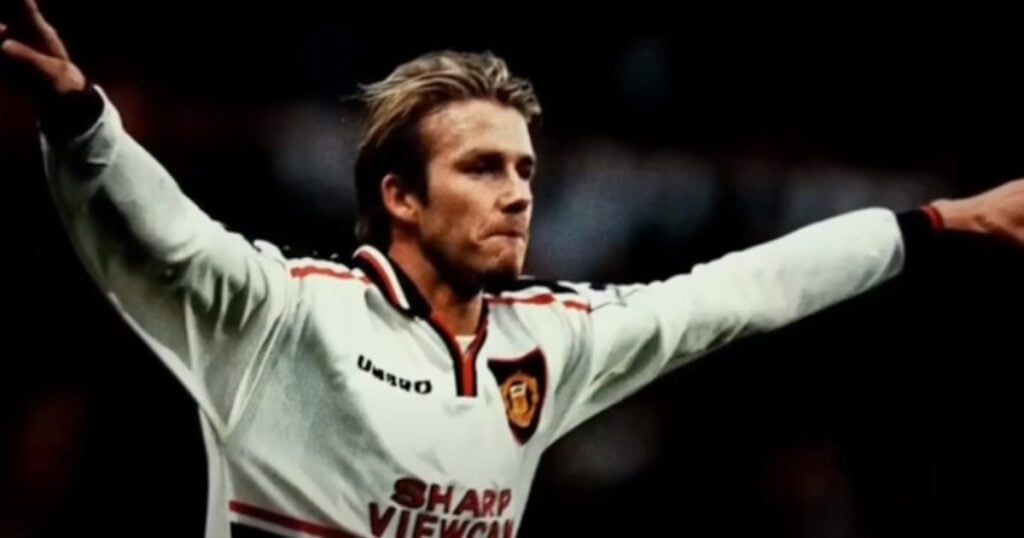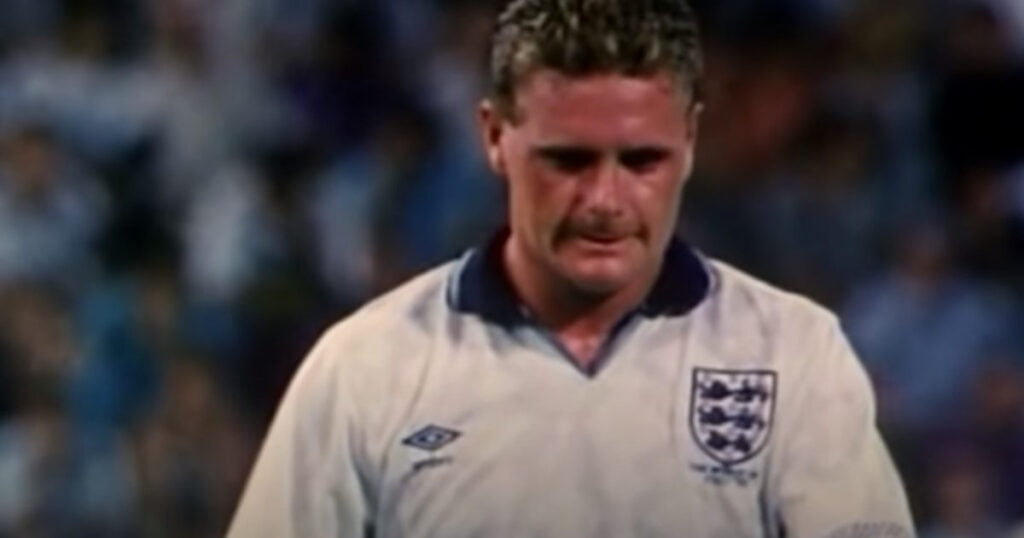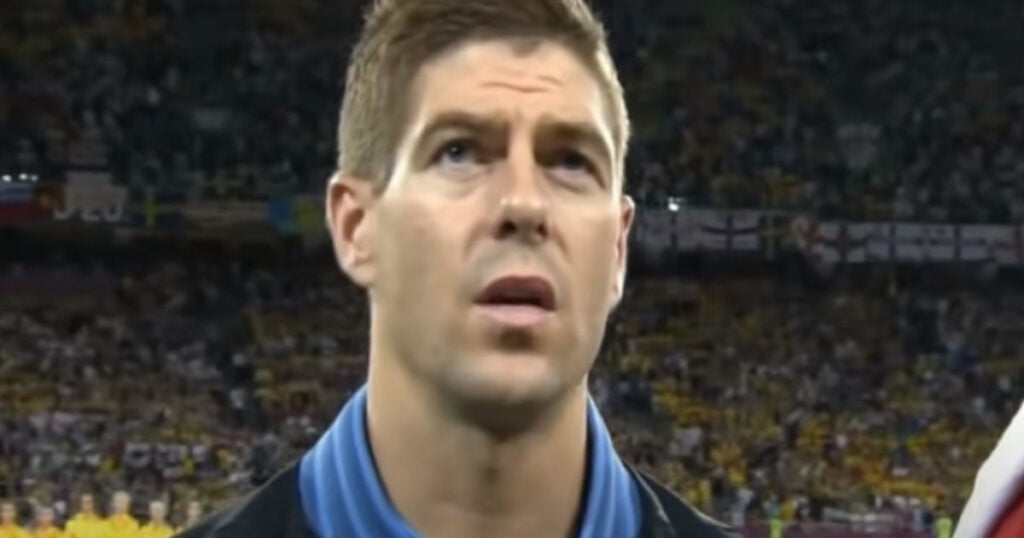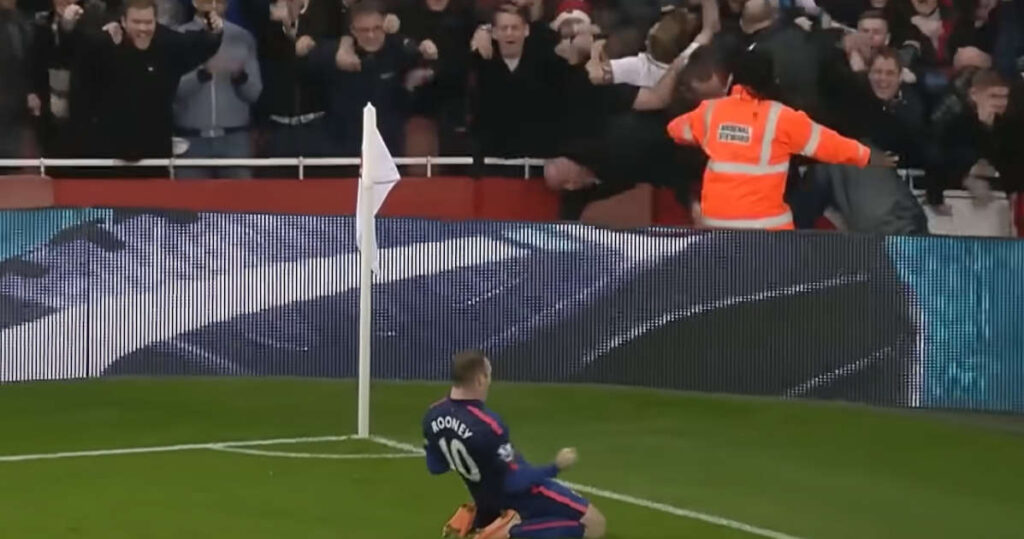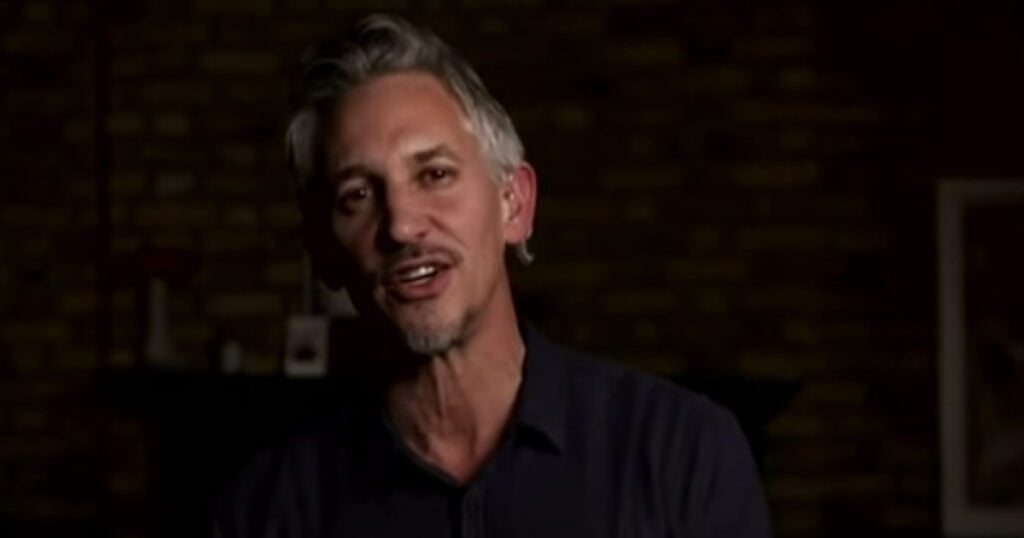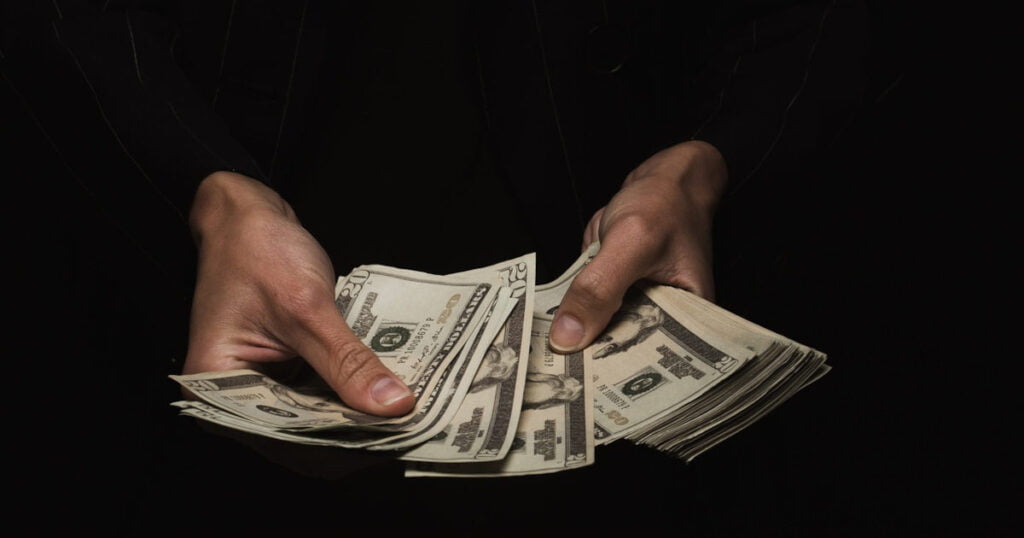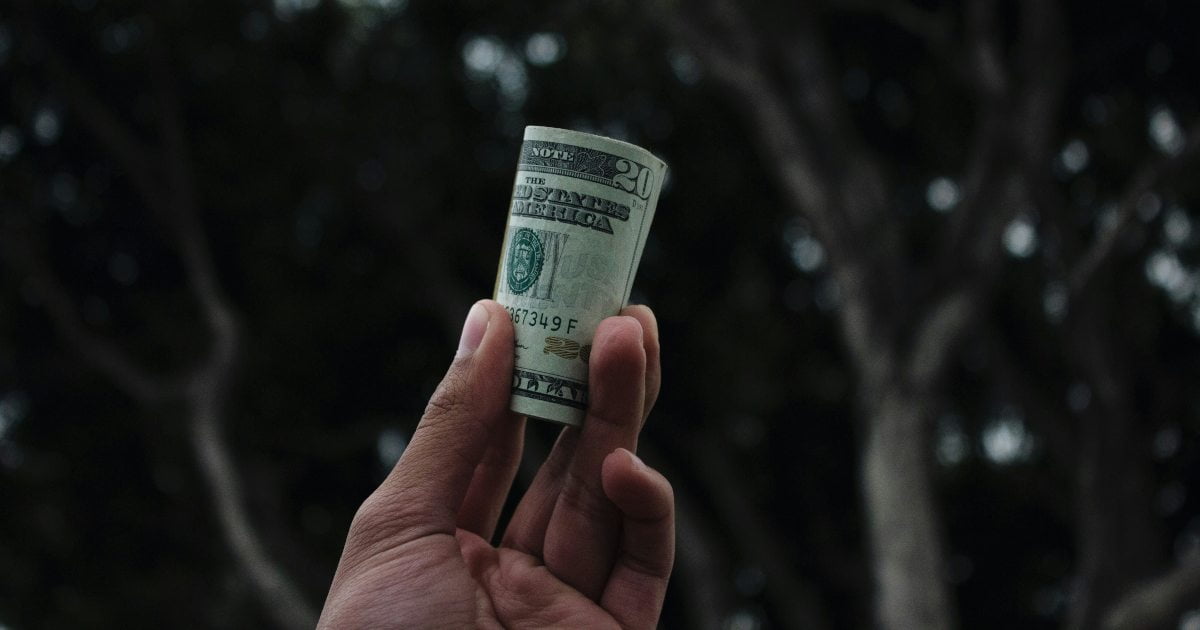Best NBA Duos Of All Time – Teammates Who Dominated the League
During NBA history, there were many legendary players and teams who made a lasting impact on the game of basketball. In addition, when you look at those iconic teams, a couple of players always led them to an NBA title.
Since 1949, when the NBA was founded, to this day, an exceptional duo often carried the best teams in this league. But which are the greatest duos in NBA history?
If you’re eager to find out, keep reading. I’ve written a detailed review of the top 10 NBA duos.
#10 – John Stockton and Karl Malone (Utah Jazz)
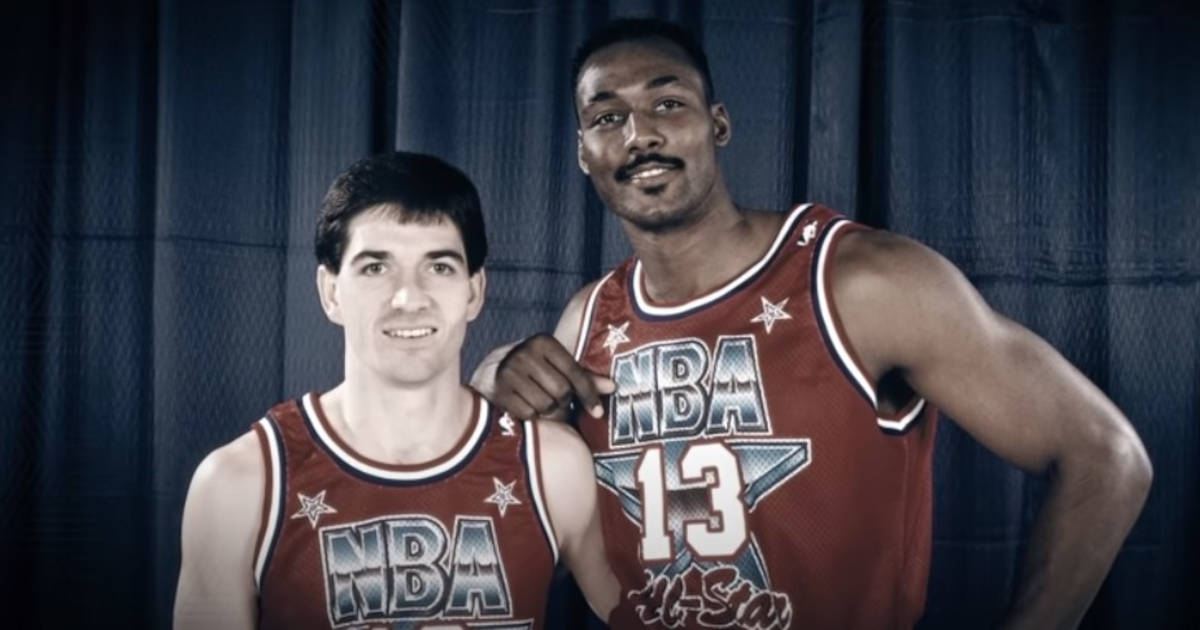
- NBA titles: 0
- NBA Finals appearances: 2
Karl Malone and John Stockton are the greatest duo in NBA history that never won an NBA title. Despite the lack of championships, they are members of the Hall of Fame who posed a nightmare for many NBA teams in the 80s and 90s thanks to their incredible chemistry and teamwork. They arguably had the best pick-and-roll execution in NBA history.
Malone and Stockton played for 18 years in the Utah Jazz, and they made the playoffs every year. Under their leadership, the Utah Jazz was a mighty team behind Karl’s scoring prowess and Stockton’s otherworldly passing abilities. Karl Malone is the 3rd all-time scorer in the NBA, while Stockton is the 1st in career assists in the league’s history.
Even though Stockton and Malone are among the best duos in the NBA, they played at a time when there were better duos. In the 80s, they couldn’t beat Abdul-Jabbar and Magic from the Lakers and McHale and Bird from the Celtics. As for the ’90s, Malone and Stockton fought valiantly against the Jordan and Pippen-led Bulls in two NBA finals but ultimately lost both of them.
John Stockton and Karl Malone might not have lifted the Larry O’Brien Championship trophy, but no one can deny that these two are among the best duos in basketball history.
#9 – Jerry West and Wilt Chamberlain (LA Lakers)
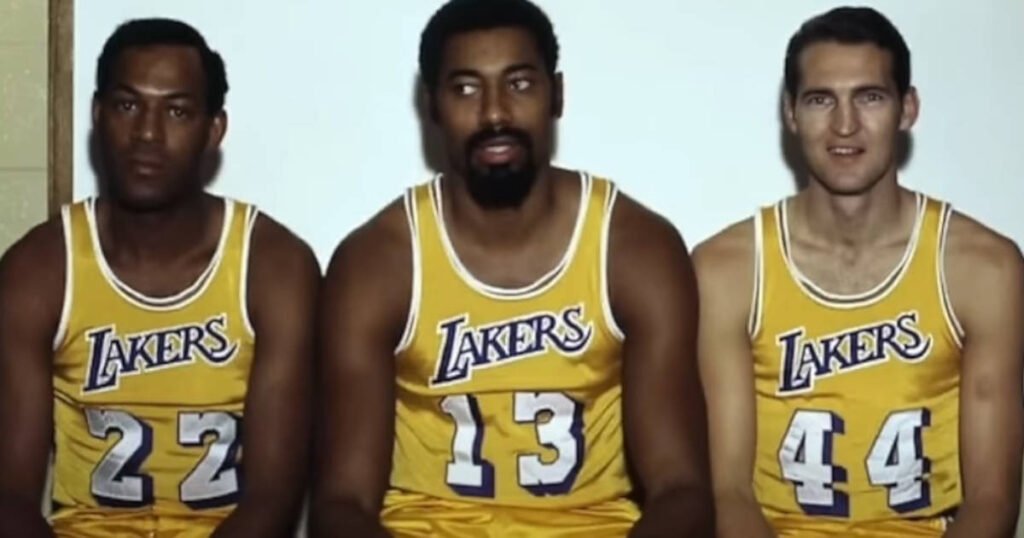
Image taken from YouTube.
- NBA titles: 1
- NBA Finals appearances: 4
The next legendary NBA duo is comprised of the most dominant center of his era, Wilt Chamberlain, and the man on the NBA’s logo, Jerry West. From joining the league in 1960 until 1968, West led the Lakers to five NBA Finals but won none since the team from LA lost every time to the unstoppable Celtics, whom Bill Russell led. As for Chamberlain, he won one NBA title with the Philadelphia 76ers before joining the Lakers and Jerry West in 1968.
When West and Chamberlain finally started playing together, they were a sight to behold. Chamberlain was the masterful scorer and rebounder, while West was the one who was dishing top-notch assists.
Although West and Chamberlain played tremendously for the Lakers, the playoffs were almost always challenging for them. In 1969, they got to the NBA Finals, but Bill Russell and the Celtics barely beat them 4-3. Next year, Chamberlain and West carried the Lakers again to the finals, but the New York Knicks beat them.
Finally, in 1972, this duo won an NBA title against the Knicks, avenging their loss two years before. Chamberlain was the Finals MVP, and this duo averaged almost 40 PPG during those finals. In 1973, West and Chamberlain had stellar performances and made it to the Finals, but the Knicks beat them.
West and Chamberlain played together for five seasons and will always be remembered as one of the best duos ever in the NBA.
#8 – Dwayne Wade and Lebron James (Miami Heat)
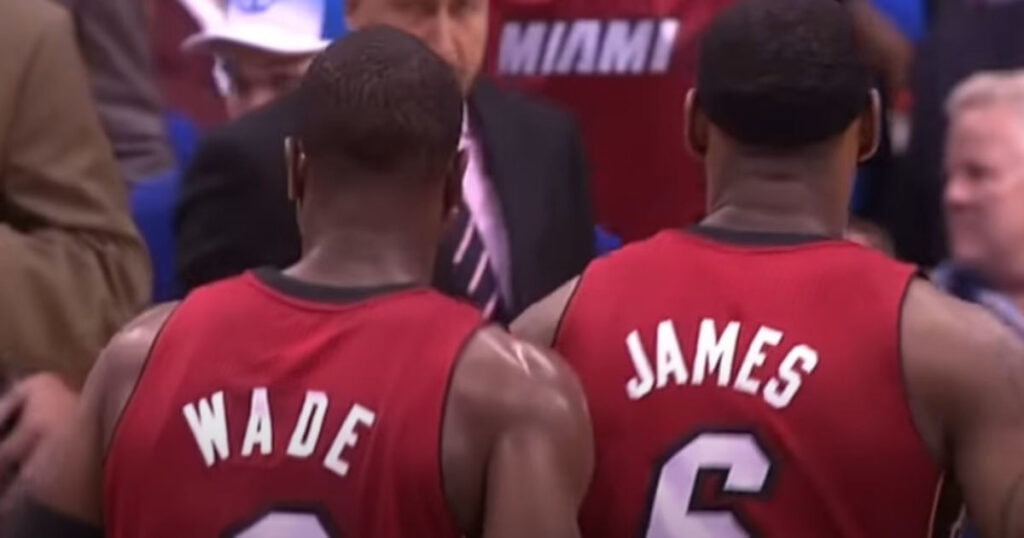
- NBA titles: 2
- NBA Finals appearances: 4
The next duo on this list played only four seasons together, but in that short period, they managed to accomplish so much. This duo consisted of one of the most dominant small forwards ever, Lebron James, and Dwayne Wade, who was an exceptional guard in his prime. Before they played together, Lebron was the main player for the Cleveland Cavaliers, while Wade played in Miami from 2003 and even won an NBA title. Despite the fact that this duo was short-lived, their chemistry on the court was incredible.
Their first season was tough, but soon after, they took the league by storm. Wade and James made it to the Finals in 2011, but they were beaten by the Dallas Mavericks 4-2, who were led by NBA veterans Jason Kidd and Dirk Nowitzki.
In 2012, they almost swept the Oklahoma City Thunder with a 4-1 win in the Finals. The next year, they faced the mighty Spurs, but the Wade-James connection was strong, and they prevailed in the Finals by beating the Spurs 4-3.
In 2014, in their fourth consecutive Finals, the Miami Heat were obliterated by the Spurs 4-1. Even though Wade has always been the legend of the Miami Heat, James was the more dominant player who claimed two Finals MVP awards in 2012 and 2013. In 2012, James averaged an incredible 28.6 PPG, while in 2013, he averaged 25.3 PPG
The pair reunited in 2017 in Cleveland Cavaliers.
#7 – Tony Parker and Tim Duncan (San Antonio Spurs)
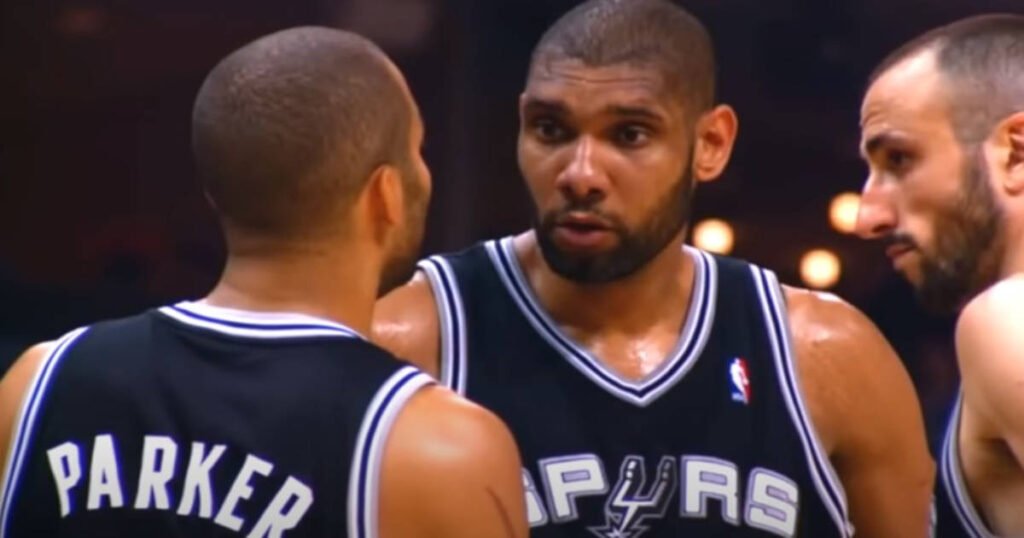
- NBA titles: 4
- NBA Finals appearances: 5
Tony Parker and Tim Duncan hold the no.7 spot on the list of the best NBA duos in history. Under the legendary coach Gregg Popovich’s leadership, this pair won 4 NBA Championships between 2003 and 2014. Tim Duncan has played for the San Antonio Spurs since 1997, when he was chosen as the Spurs’ 1st pick in the NBA Draft. On the other hand, Tony Parker joined the Spurs in 2001 when they selected him as the 28th pick in the first round of the 2001 NBA Draft. Parker and Duncan worked perfectly together, growing the Spurs into a mighty dynasty.
In 2003, young Parker and Duncan won the Finals series against the Nets 4-2, and Duncan was the Finals MVP, averaging 24.2 PPG. Then, in 2005, Duncan, Parker, and the rest of the Spurs performed amazingly against the tough Detroit Pistons. Duncan was yet again the MVP. Their next NBA title came when they swept the James-led Cavaliers 4-0, and this time, Parker was the Finals MVP, averaging 24.5 PPG and 3.3 APG.
The aging Duncan and Parker won their last NBA title in 2014 against the then-favored Miami Heat by beating them 4-1 in the Finals series.
Parker and Duncan didn’t make many flashy plays, as they’ve mostly relied on fundamental plays, but it’s undeniable that this pair was one of the best in NBA history.
#6 – Kevin McHale and Larry Bird (Boston Celtics)
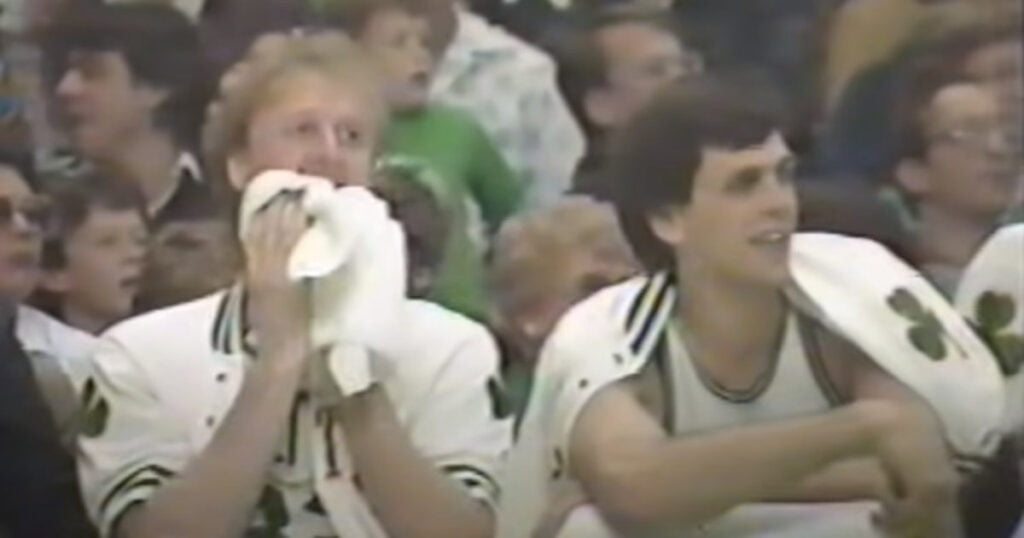
- NBA titles: 3
- NBA Finals appearances: 5
Larry Bird and Kevin McHale deserve to be included in this list of the top 10 best NBA duos ever. However, I must also mention Robert Parish and Cedric Maxwell since they were also highly important players of the Celtics dynasty in the 1980s.
McHale and Bird were a rare duo who were strong enough to overpower the 80s “Showtime” Lakers, showcasing a display of elite offensive skills that you couldn’t see every day. McHale was a superb power forward with great footwork and post moves, while Bird was a top-of-the-line shooter who could score shots from any position on the court.
McHale and Bird won their first NBA Finals in 1981 when they beat the Rockets 4-2, led by Moses Malone. In 1984, they faced the Magic-led LA Lakers and beat them in a 7-game thriller. Bird was the Finals MVP, averaging an incredible 27.4 PPG along with 14.0 boards per game. In 1986, McHale and Bird were sensational when they beat the Rockets 4-2, who were led by Hakeem “The Dream” Olajuwon. McHale averaged 25.8 PPG in the Finals, while Bird, who was the Finals MVP, averaged 24.0 PPG, 9.7 RPG, and 9.5 APG.
The pair appeared in the 1985 and 1987 NBA Finals when they lost against the LA Lakers 4-2 in the series on both occasions.
#5 – Steph Curry and Klay Thompson (Golden State Warriors)
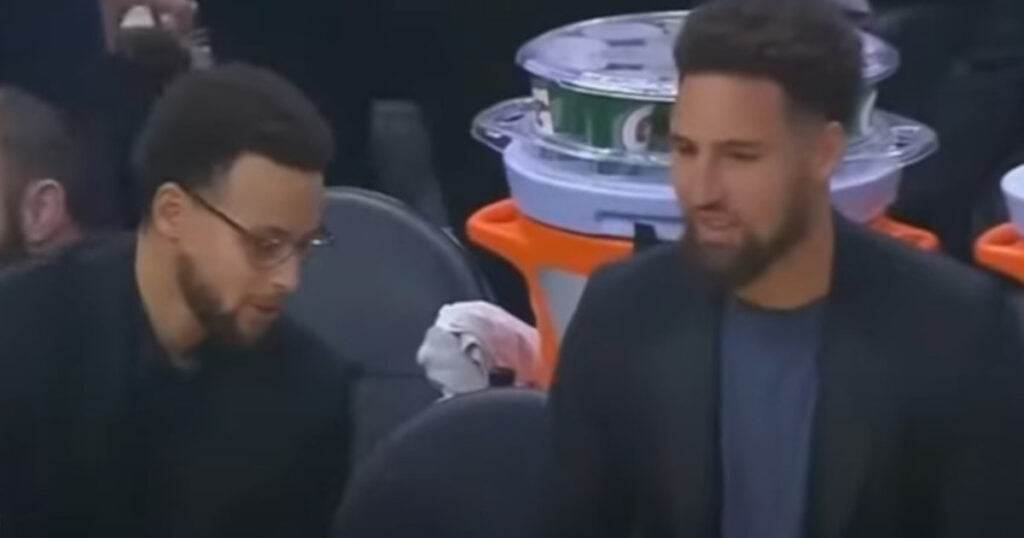
- NBA titles: 4
- NBA Finals appearances: 6
Also known as “The Splash Brothers,” Klay Thompson and Steph Curry are among the finest modern-day duos in the NBA. These two revolutionized how the game is played nowadays. Curry and Thompson inspired other players in the NBA to make three-point shots more often. They were named the Splash Bros because of their excellent and precise three-point shooting. Moreover, the numbers speak for themselves. Curry is the all-time NBA leader in 3-pointers, while Thompson is 7th on that list. This pair created a powerful dynasty for the Warriors by winning 4 NBA championships.
Their first title came in 2015 when they won the Finals 4-2 against the Cavaliers, where the main player was none other than Lebron James. In 2016, the Cavaliers avenged their loss and beat the Warriors in the NBA Finals, but the Warriors had their last say by beating the Cavaliers in back-to-back Finals in 2017 and 2018. Although Kevin Durant was the Finals MVP in both of those Finals, clutch performances by Thompson and Curry were of great importance for winning the titles.
In 2022, Curry and Thompson, now NBA veterans, won the NBA championship by beating the Celtics. The Finals MVP was Curry, who came in clutch in the series by averaging 31.2 PPG, 6.0 RPG, and 5.0 APG. Meanwhile, Klay averaged 17.0 PPG in the finals series.
#4 – Bob Cousy and Bill Russell (Boston Celtics)
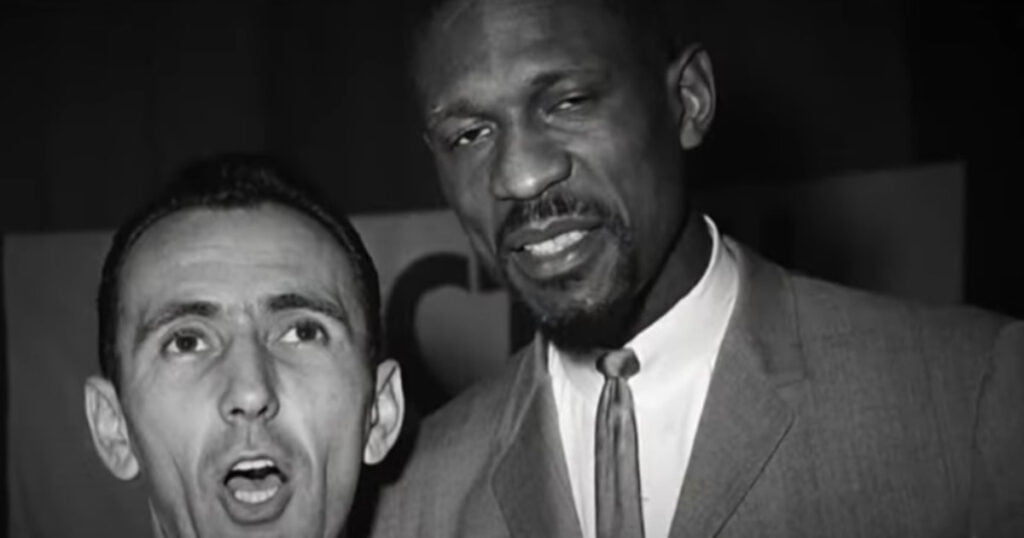
- NBA titles: 6
- NBA Finals appearances: 7
In the late 50s and through the 60s, there was one duo who beat almost everyone who stood in their way. Bob Cousy and Bill Russell were a match made in heaven. Cousy was the incredible playmaker who was dishing assists from anywhere on the court, and also his ball-handling skills were out of this world.
Because of his high-quality skills with the ball, Cousy was nicknamed “The Houdini of the Hardwood.” On the other hand, the giant Bill Russell was one of the best players this game has ever seen. He could score the ball, make rebounds, and block shots.
Cousy and Russell played together in 7 NBA Finals and only lost one in 1958 to St. Louis Hawks. They beat St. Louis on three occasions, in 1957, 1960 and 1961. Besides the Hawks, they also won 3 NBA titles against the Lakers, in 1959, when they were called the Minneapolis Lakers, and in 1962 and 1963, when they were called the Los Angeles Lakers. Cousy retired in 1963, and Bill Russell continued to win five titles for the Celtics until he retired in 1969.
#3 – Kobe Bryant and Shaquille O’Neal (LA Lakers)
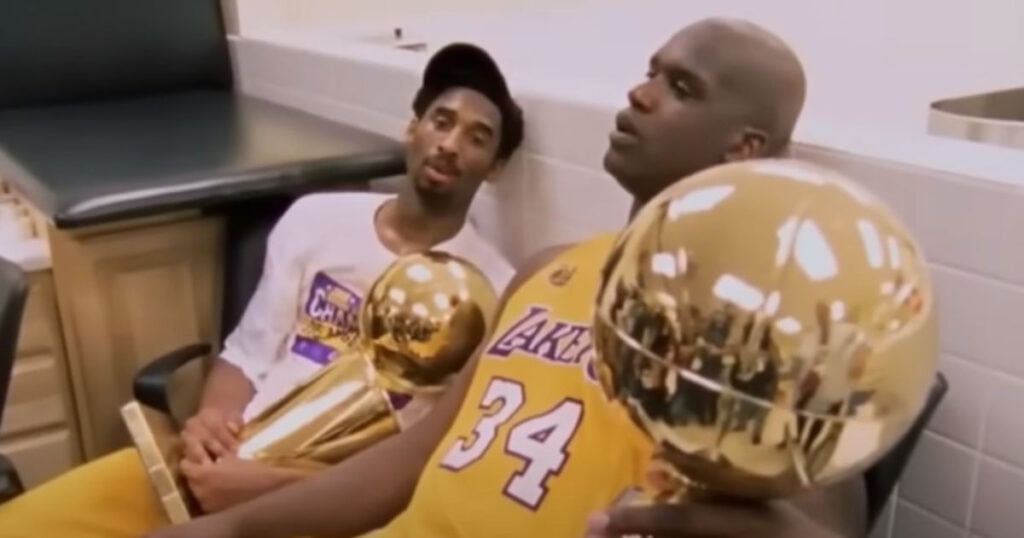
- NBA titles: 3
- NBA Finals appearances: 4
Kobe Bryant and Shaquille O’Neal were among the best duos to ever step on the NBA hardwood. This pair was terrifying because Kobe was a lethal shooter who could score jump shots, 3-point shots, layups, and every shot you could imagine with immense precision. On the other hand, there was the 300-pound behemoth Shaq, who could score against anyone in the paint and dunk with authority over the biggest centers in the NBA.
This duo led the Los Angeles Lakers to three consecutive titles at the beginning of the 2000s. In 2000, the team from LA faced the Indiana Pacers and won 4-2 in the series. A year later, the 76ers, led by the fantastic point guard Allen Iverson, played against the Lakers but lost 4-1.
The final championship that Bryant and Shaq won was against the Nets when they swept them 4-0 in the finals. In all of the mentioned finals, Shaq was the MVP. He put up monstrous performances, averaging over 30 PPG in all three finals series. On the other hand, the then-young Kobe was also fantastic, especially in the 2002 NBA Finals, when he averaged 26.8 PPG, 5.8 RPG, and 5.3 APG.
The partnership between Shaq and Kobe ended on a sour note when they lost the 2004 NBA Finals against the Pistons. After those finals, their relationship came to an end since they had conflicts regularly. Eventually, Shaq left the team in 2004. Even though this duo was short-lived, it’s still one of the most superior in modern-day NBA basketball.
#2 – Magic Johnson and Kareem Abdul-Jabbar (LA Lakers)
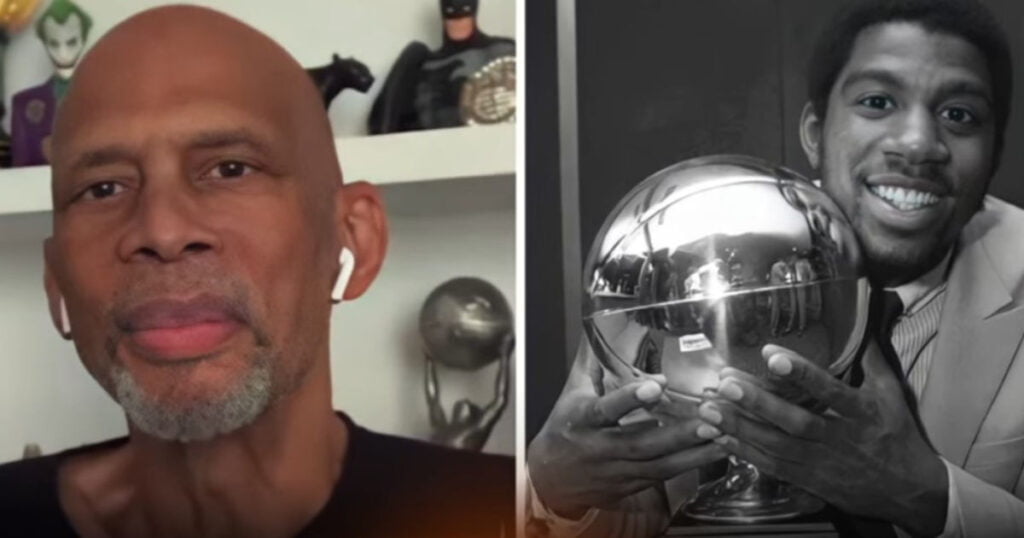
- NBA titles: 5
- NBA Finals appearances: 8
When LA Lakers decided to sign Kareem Abdul-Jabbar, who was the best center and the scorer in the league, and pair him with Magic Johnson, who was possibly the greatest passer and point guard in basketball history, they couldn’t have made a better decision. They complemented each other perfectly. Magic was a superb passer whose precise bounce passes often ended up in Kareem’s hands, who would then finish the play in the paint with either a layup or a dunk.
This duo played together for a decade, made 8 Finals appearances, and won 5 NBA titles.
The first title was won in 1979 when the rookie Magic Johnson and Kareem destroyed the Philadelphia 76ers 4-2. Magic won the Finals MVP, and he’s the only rookie in NBA history who’s done that. LA Lakers beat the 76ers again in the 1982 NBA Finals. The following two titles were won against the amazing Boston Celtics in 1985 and 1987.
The last championship Kareem and Magic won together was in 1988, when they won against the Pistons and one of the best duos in the game, Dumars and Thomas.
Kareem was the Finals MVP 2 times, while Magic won the award three times. Johnson finished his career as the all-time leader in assists, while Abdul-Jabbar was the all-time point leader.
#1 – Michael Jordan and Scottie Pippen (Chicago Bulls)
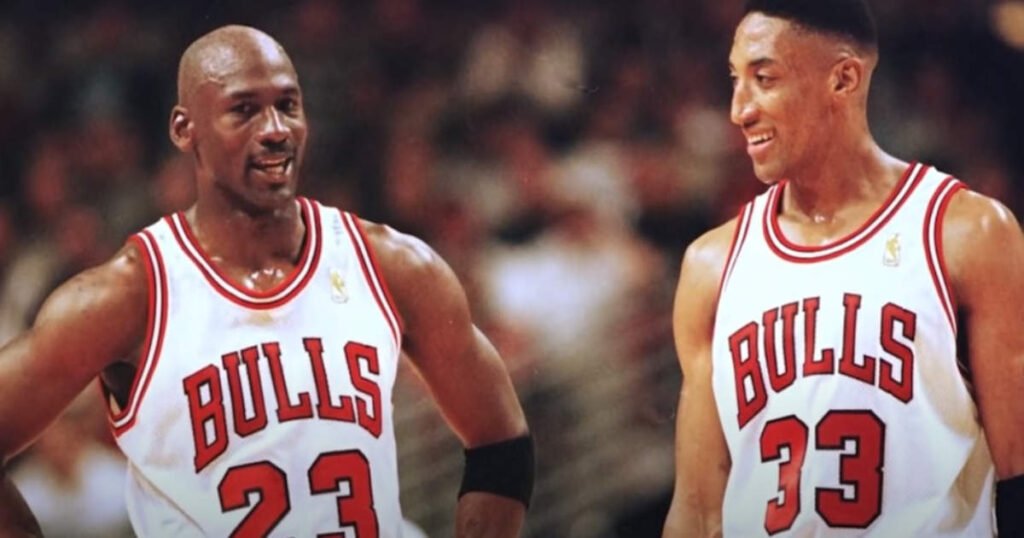
- NBA titles: 6
- NBA Finals appearances: 6
Undeniably, the best duo in NBA history consisted of possibly two of the best players who’ve ever worn the Chicago Bulls jersey—Michael Jordan and Scottie Pippen. The ’90s Bulls dominated the league and lifted 6 NBA trophies, and despite the fact that MJ was their greatest player, he wouldn’t have been able to achieve greatness without the help of Scottie Pippen.
This duo was a perfect match on the court. While Michael Jordan was the scorer who knew how to finish plays, Scottie was the playmaker.
This pair won two three-peats. They won the first three NBA titles in 1991, 1992, and 1993. In 1991, MJ, Pippen, and the Bulls nearly swept the “Showtime” Lakers by winning the series 4-1. Next year, Drexler and the Portland Trail Blazers went against MJ and Pippen and lost 4-2. In 1993, the Bulls beat the Phoenix Suns.
Jordan was the MVP in all three Finals. His best performance in the first three-peat was when he managed to score an unbelievable 41.0 PPG. Scottie, on the other hand, was best in the 1993 Finals, when he put up 21.2 PPG.
Jordan retired in 1993 but decided to return in 1996. Then came the second three-peat. In 1996, the Bulls wrecked the Supersonics 4-2 in the NBA Finals. In the 1997 and 1998 NBA Finals, MJ and Scottie Pippen faced the Stockton-Malone duo from the Jazz and won back-to-back titles. Jordan was the Finals MVP in the second-three peat.
Pippen and Jordan are deservingly the best duo on the list since they played in 6 NBA Finals and won them all.
Featured image taken from YouTube.
